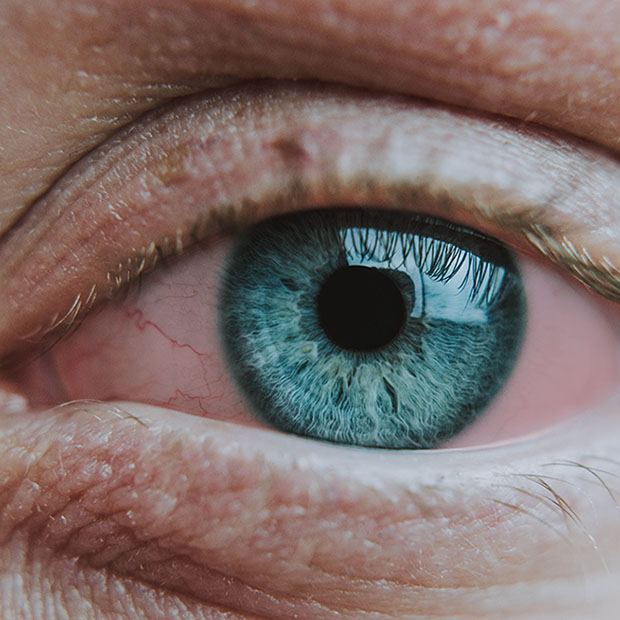Types and Treatment of Pink Eye

Pink eye is one of the most common eye infections we can get.
Pink eye or conjunctivitis is characterized by redness in the whites of the eyes, accompanied by itchiness and discharge (which could be watery or thick and yellowish). Conjunctivitis is the inflammation of the conjunctiva, which is the outer layer of tissue on the surface of the eye and the inside of the eyelid. Luckily, it’s both easy to prevent and easy to treat, so let’s take a look at the different types and causes of pink eye.
Bacterial or Viral?
Conjunctivitis can be bacterial or viral, and in either case, it is incredibly contagious. The symptoms and treatments, however, are very different. It’s easy to spot bacterial conjunctivitis because it comes with thick, greenish-yellow secretions. It will usually start in one eye and then spread to the other eye after a few days. Other people can catch it through direct contact, but it can usually be cleared up quickly through prescribed antibiotics.
Viral conjunctivitis comes with watery discharge and often lasts longer than bacterial conjunctivitis. Antibiotics are useless in this case, but you can relieve swelling and irritation with warm compresses until the inflammation subsides. It will usually go away on its own, but it will be even more contagious than the bacterial form in the meantime because a simple cough or sneeze can spread it.
What About Allergies?
Eyes can definitely become inflamed from allergies. If your eyes are becoming red and itchy because of an allergy, you can take allergy medications or try to avoid whatever’s triggering the reaction. People who wear contact lenses are susceptible to another form of pink eye called Giant Papillary Conjunctivitis. An allergy to the cleaning solution or a failure to remove and clean the contacts often enough could lead to this form of pink eye, so make sure to always follow the care and cleaning instructions for your contacts!
Chemical Contamination
Another way to end up with pink eye symptoms is if your eyes are exposed to harsh chemicals, which could happen with pollution or even the chlorine in a swimming pool. The best way to address this inflammation is to flush your eyes thoroughly with cool, clean water for several minutes. This will usually get rid of the chemical irritant, but if the symptoms continue after you’ve flushed them out, seek medical attention.
Prevention Tips
Even though conjunctivitis is very treatable and temporary, that’s no reason not to avoid it when possible. There are a few things you can do to minimize the risk of a pink eye infection:
- Wash your hands regularly and thoroughly
- Aim your sneezes and coughs into an armpit instead of your hands
- Don’t rub or touch your eyes
- NEVER EVER share your contact lens solution, your contact lenses, or your eye makeup with someone else
- Carefully follow all your contact lens care instructions
- Remove contacts before going swimming
Bring Us Your Pink Eye Symptoms
If you or one of your family members develops pink eye symptoms or even if you just have questions about this condition, don’t hesitate to get in touch with us. We can schedule an appointment and determine what the problem is and recommend a treatment if it’s necessary.
